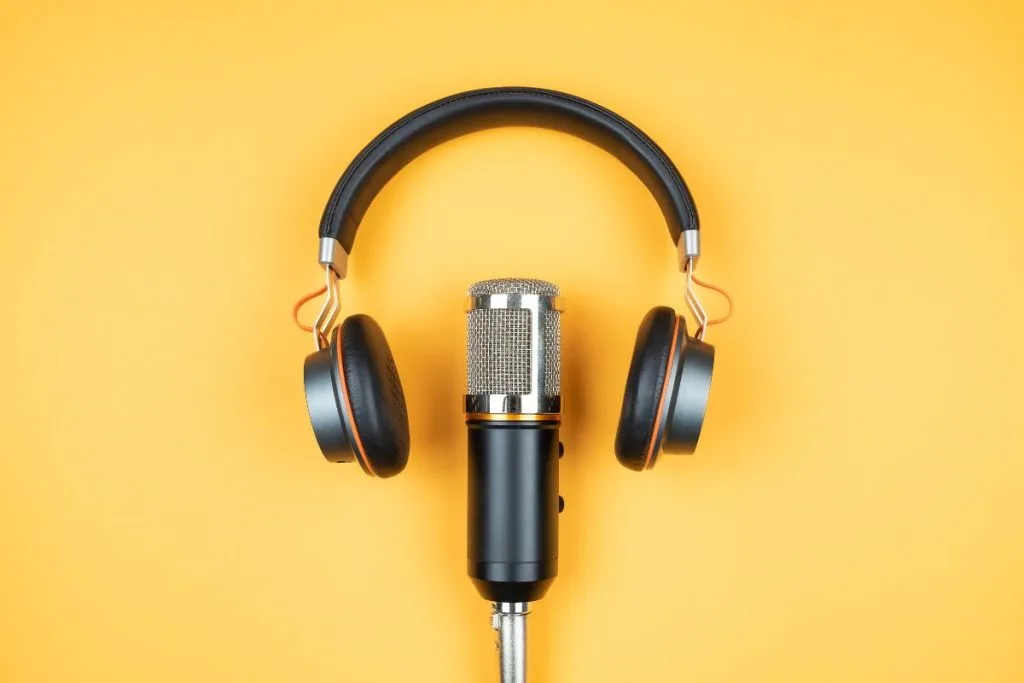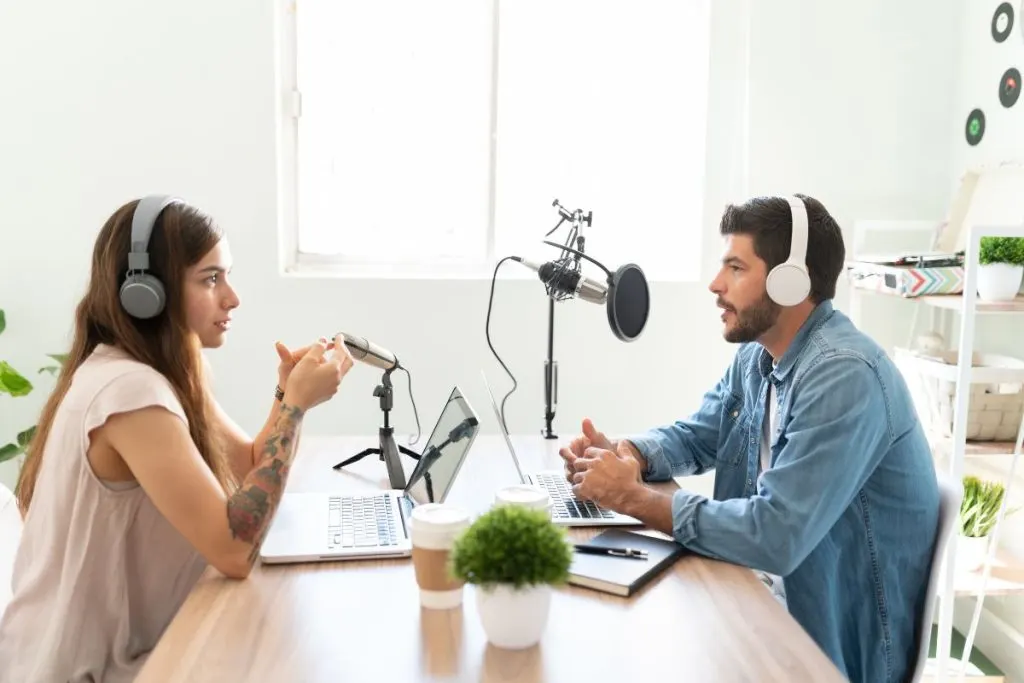Today, being able to record remotely is a crucial skill that every podcaster should have. You can schedule guests for remote recording who would be challenging to interview in person. Fortunately, recording distant interviews is easy if you have the necessary equipment and specialized remote recording software. Continue reading for some pointers and guidance on remotely recording a high-quality podcast.
Your goals should be carefully considered when calibrating your setup and that of your visitors. To achieve results that are as close to studio quality as possible, make sure you spend money on the appropriate supplies and tools.
Podcast software
The most significant feature of podcasting software may be its capacity to publish. Podcasting software has the capability to make publishing audio easy and practical because it was designed for publishing. Users can add categories, descriptions, and RSS feeds to their podcasts so that potential listeners can easily categorize and find them.
Audio can be recorded, edited, and published online by users of podcasting software. Beyond the capabilities of standard audio programs, it gives users advanced options for producing, editing, and sharing audio and video.
How to Remotely Record A Podcast Interview
There are now even fewer software solutions to pick from if recording video is crucial to you than for audio-only podcasts. For example, Zoom has been around for a while, but Zencastr has been much more well-known since the pandemic made video conferencing the standard for replacing in-person meetings. Both services allow for video conferencing and the creation of video podcasts, although most users agree that Zencastr has better sound quality and connectivity.

However, because Zoom is a tool that some podcasters are already familiar with and find user-friendly, they use it to record distant interviews. Without installing Zoom, you can directly offer a link for your visitor to join with a single click. Zencastr may require longer upload times for recordings. However, Zoom allows you to create a WAV recording and has all the files in front of you, making it more convenient.
Still, trying to figure out the best recording solution to use? For a complete walk-through guide, come and check out our comparison between Zencastr and Zoom.
Podcast Equipment Checklist For Remote Recording
Firstly, Let’s cover your setup
Microphone And Microphone Filter
Purchase a microphone first. Although it may be tempting, rely on something other than the hardware that came with your computer. One of your biggest mistakes might be to use the built-in microphones. Instead, investing in one of the plug-and-play USB microphones is a good option if your budget is limited or you simply want a microphone without a steep curve.
Additionally, you should purchase a pop filter to reduce the distracting “p” and “b” sounds that are amplified when speaking into a microphone.
Headphones
Using headphones when recording is crucial because they stop your microphone from picking up feedback. They also give you more awareness and control over the recording’s sound, especially if you use noise-canceling headphones.
Camera
Even if they don’t share the video portion of the recording, many podcasters value software enabling hosts to see each other while recording remotely. Other podcasters use video podcasting to publish content on websites like YouTube or break up long videos into short, shareable advertisements for social media.
Recording Location
Make sure to pick a quiet area away from distractions and background noises for your podcast studio setup. Try to pick a room with carpet because it can reduce echoes.
Setup For Your Guest
Your guest needs the same tools you do in order to achieve the best results. You should send your guest a setup guide if they still need one. You can make sure they have everything they need in this way. Encourage your visitor to create an environment that is conducive to audio. Include a few of the following suggestions:

- Encourage your visitor to avoid loud appliances running nearby or noises like a fan or air conditioner.
- Before you begin, remind them to speak clearly into the microphone, and don’t be afraid to do so as necessary throughout the interview. Instead of making your listeners endure incomprehensible audio, it is preferable to edit those reminders out.
- Request that they locate a quiet area free from noise and distractions where they can record. To reduce echoes, the area should be carpeted and, if possible, have lots of soft furnishings.
Double-check Before You start
Check your surroundings once more before beginning to record your first remote podcast. Test each piece of equipment. Make sure all of your devices are on silent, there aren’t many distractions, and all unused browser tabs are closed. Making a backup recording is always a good idea, regardless of the software you decide on, especially if you’re still getting used to a new setup.
Final Thoughts
A crucial ability for a podcaster to learn is remote podcast recording. A free tool like Zoom will be useful if you’re on a limited budget or opt for more heavily featured recording software for better professional quality.
Also, we understand that podcasting can be a great opportunity to earn a passive income. You can schedule your work according to your convenience. However, podcasting requires some interaction skills. So if you are looking for a way to make some extra income, we have you covered. Explore our Passive Income: 10 Ways to Start Your Side Hustle and Make Money that is easy and won’t break your back.

